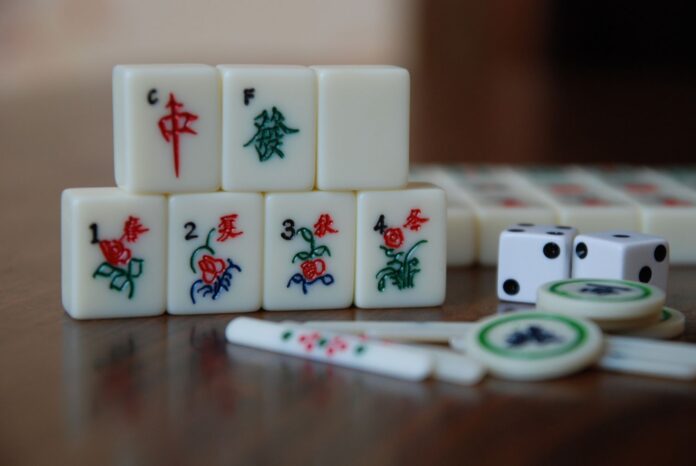
Mahjong, a game deeply embedded in East Asian culture, has for centuries provided both entertainment and social interaction. Its intricate tiles, strategic gameplay, and rich history have not only made it a favorite pastime but also influenced the world of gambling.
This article delves into the fascinating connection between Mahjong and casino games, illustrating how a simple game of tiles has had an indelible impact on gambling worldwide.
Origins of Mahjong
To understand Mahjong’s influence, it is essential to trace back its roots. Originating in China during the Qing Dynasty (1644-1912), it is believed to have evolved from card games played during that era. These cards, often made from paper or bone, eventually paved the way for the tiles we recognize today. Want more info? Check out: Mahjong Ways 3 slot.
The game’s name, when translated, refers to the ‘sparrow’ – a testament to the delightful twittering sound the tiles make when shuffled. It wasn’t long before Mahjong’s popularity spread to other East Asian countries, each adapting the game to their local customs and adding unique variations.
Tile Symbolism and Gameplay
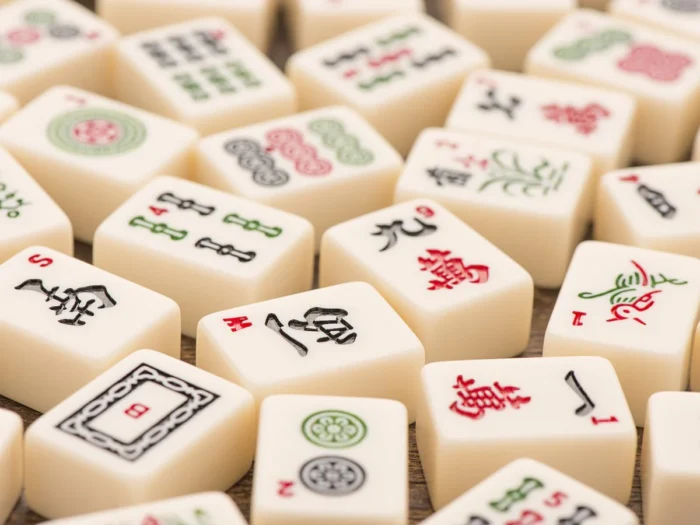
Mahjong tiles are a mix of dragons, winds, bamboo, characters, and circles. Each tile holds specific symbolism and value, making the game not just about luck, but also about strategy. To win, players must form a “Mahjong” – a set of 14 tiles consisting of four sets and a pair.
Mahjong’s gameplay involves skill, calculation, and a touch of chance, much like many popular casino games. Players must be vigilant, anticipate opponents’ moves, and capitalize on opportunities, similar to the strategies employed in poker or blackjack.
Mahjong’s Transition to Casinos
The game’s strategic depth, combined with its chance element, made Mahjong a natural fit for gambling settings. This transition began in earnest in the early 20th century, especially in places like Hong Kong and Macau.
Here’s how the connection strengthened:
- Betting and stakes ─ Just as with poker, players could place bets on Mahjong games. This wagering aspect made it an exciting and high-stakes game, especially when played in informal settings.
- Professional circles ─ As Mahjong gained popularity, professional players and tournaments emerged. These pro circles attracted high-rolling gamblers and added legitimacy to it as a game of skill and chance.
- Adaptation in western casinos ─ Western casinos recognized Mahjong’s appeal and began introducing it to their gaming floors. Though not as prevalent as games like roulette or blackjack, Mahjong carved out its niche, especially among Asian tourists and expatriates.
Influence on Other Casino Games
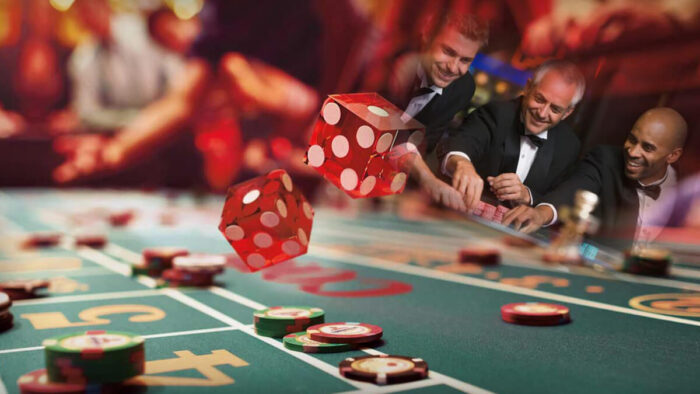
Mahjong’s impact is not limited to its direct presence in casinos. Its principles and gameplay elements have found their way into other gambling games. A few notable examples include:
- Pai gow ─ Known as Pai Gow Poker in Western casinos, this game merges traditional Chinese dominoes with poker elements. Players form two hands from seven cards and try to beat the dealer’s hands. The game’s foundation, especially in its original form, shares several similarities with Mahjong.
- Slot games ─ Modern slot machines, especially those targeting Asian audiences, often incorporate Mahjong symbols and themes. These slots offer bonus rounds reminiscent of the gameplay, merging the line between traditional tile play and modern electronic gambling.
- Online adaptations ─ The digital age has seen the rise of online casinos offering Mahjong-inspired games. These platforms leverage the game’s familiar mechanics while introducing new twists, ensuring that the legacy continues in the virtual world.
Challenges and Controversies
While Mahjong has made significant inroads into the gambling world, it hasn’t been without challenges. Traditionalists often lament that the game’s essence gets lost when moved to a casino setting, where the emphasis shifts from social interaction to purely winning money.
Furthermore, like all gambling activities, Mahjong has been at the center of addiction concerns. Its addictive nature, combined with the monetary stakes, can lead some players down a dangerous path.
Despite these challenges, regulations in many jurisdictions have helped ensure that Mahjong remains a game of skill and chance rather than purely a game of luck, preserving its rich strategic depth.
FAQs
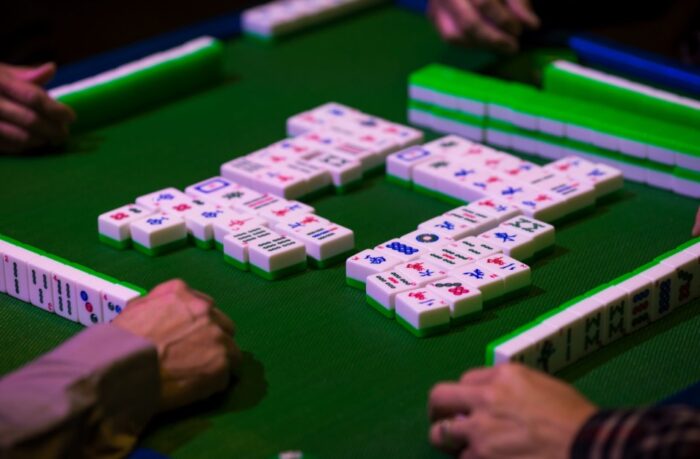
How long does a typical game of Mahjong last in a casino setting?
Answer ─ In a casino setting, a game can vary in length, depending on the players’ skill levels and the specific rules employed. Generally, a game can last anywhere from 1 to 4 hours. Casinos might introduce time limits or accelerated rules to ensure games progress at a faster pace to accommodate more players.
Are there any global tournaments, similar to poker tournaments?
Answer ─ Yes, there are global Mahjong tournaments where players from different countries compete for titles and prizes. These tournaments often showcase various regional rulesets, giving participants a chance to display their adaptability and mastery over different styles of the game.
What is the significance of the three dragons in Mahjong?
Answer ─ The three dragons in Mahjong are Red, Green, and White. They play a crucial role in scoring and strategy. Each dragon has its symbolism: Red stands for “center,” Green represents “prosperity,” and White symbolizes “to emit” or “benevolence.”
Are there any unique variations specific to casinos?
Answer ─ Casinos often introduce their unique variations to enhance the gambling experience. These might include special scoring rules, bonus rounds, or even hybrid games that merge Mahjong with other popular casino games. However, the core mechanics usually remain intact.
Can beginners easily start playing Mahjong in a casino, or is prior experience required?
Answer ─ While anyone can try their hand at Mahjong in a casino, it’s beneficial to have prior experience or at least a basic understanding of the game. Many casinos offer beginner tables or tutorials to help newcomers grasp the game’s intricacies.
Has the digital age and online casinos influenced traditional tile designs in any way?
Answer ─ With the advent of online casinos, there has been an evolution in tile designs to make them more visually appealing on digital platforms. This includes animated tiles, 3D effects, and even thematic variations. However, traditionalists often prefer the classic designs, which continue to be used in physical games and are often available as design options in digital versions as well.
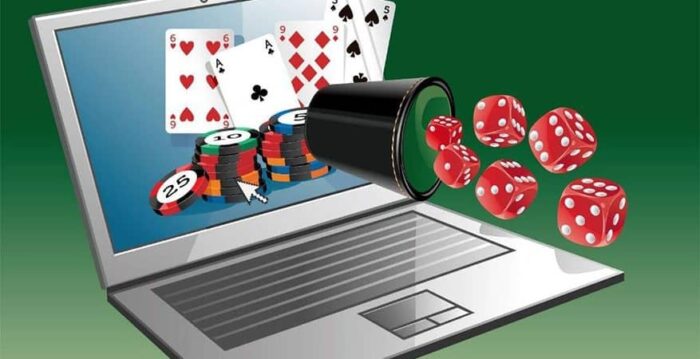
Conclusion
From its origins in the Qing Dynasty to its modern adaptations in casinos worldwide, Mahjong’s journey is a testament to its enduring appeal and versatility. While the game has undoubtedly evolved, its core principles remain, influencing a host of gambling games and enriching casino floors with its unique blend of strategy and chance.
As we shuffle the tiles and hear the familiar twitter of sparrows, we are reminded of Mahjong’s timeless charm and its indelible mark on the world of gambling. Whether played in a traditional setting or a glitzy casino, Mahjong’s spirit continues to captivate and challenge players worldwide.








